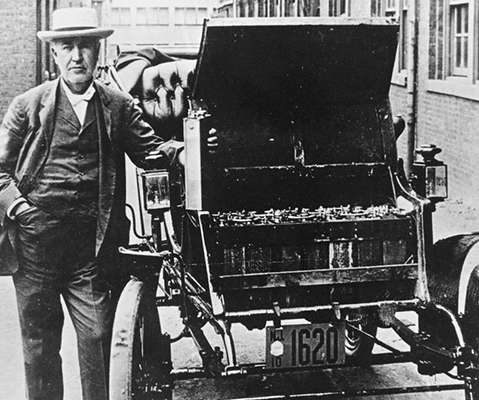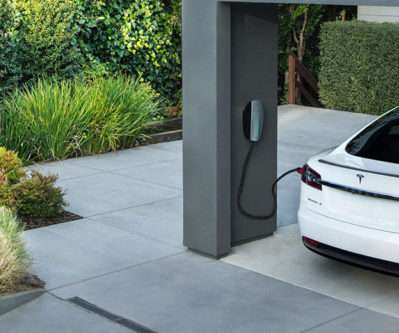Bosch Powers the Automotive Sector Toward an Electrified Future
Cars That Think
JANUARY 10, 2023
Their gleaming galleries feature many historic and influential cars, almost all of them powered by petroleum-fueled internal combustion (IC) engines. Looking ahead, Stuttgart will likely continue to be the heart of the German auto industry, but how long will the IC engine remain the heart of the automobile?
















Let's personalize your content